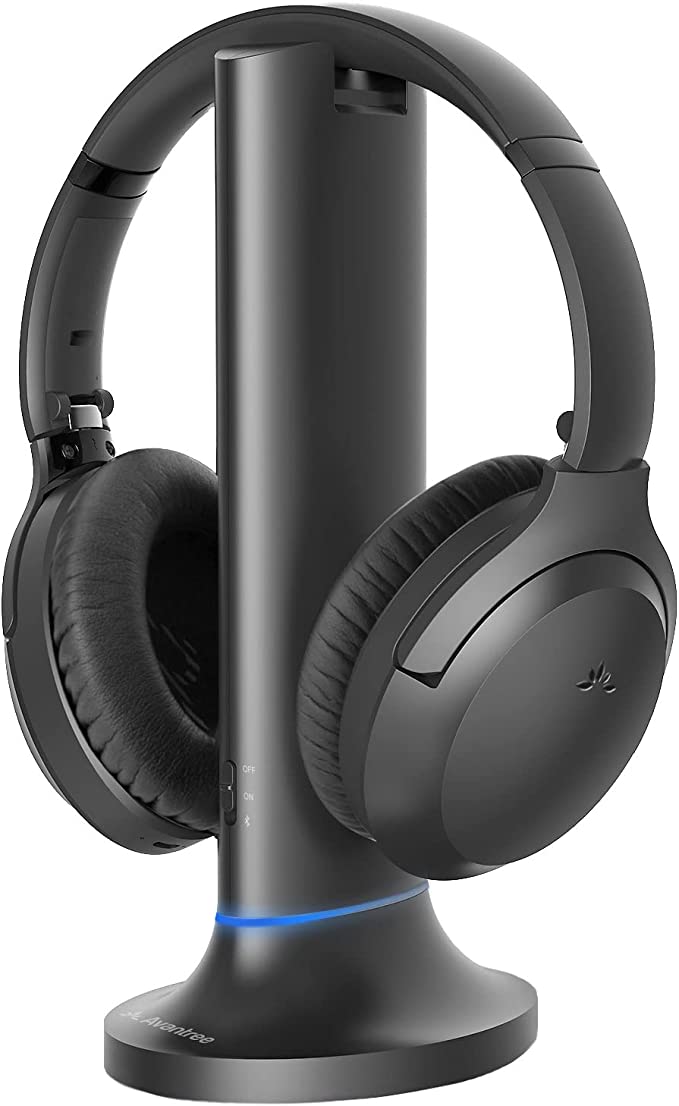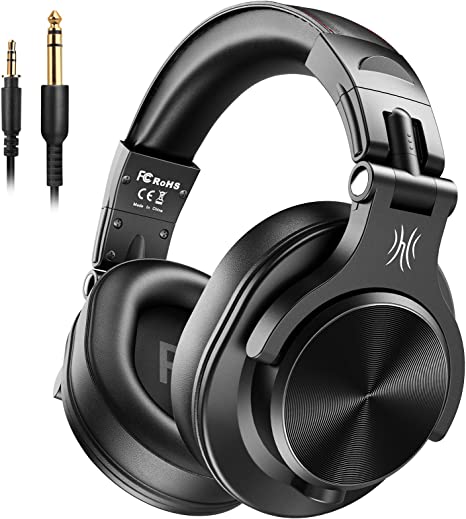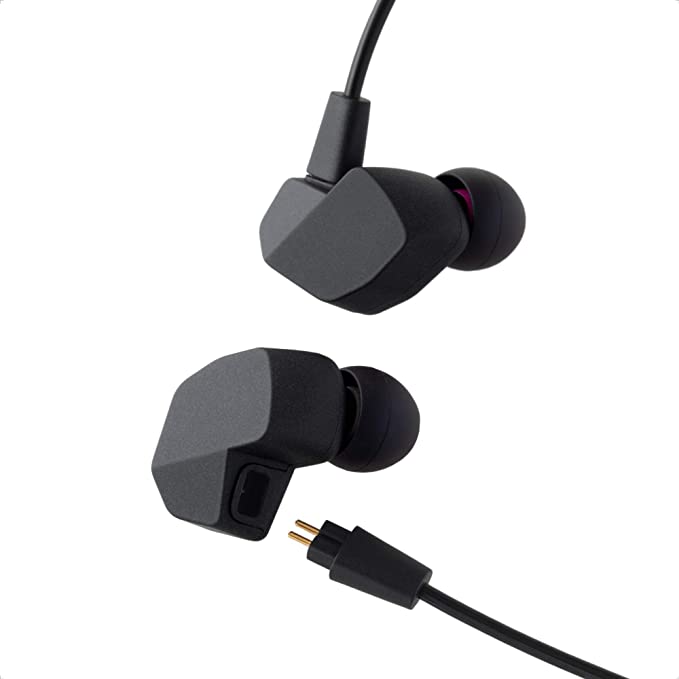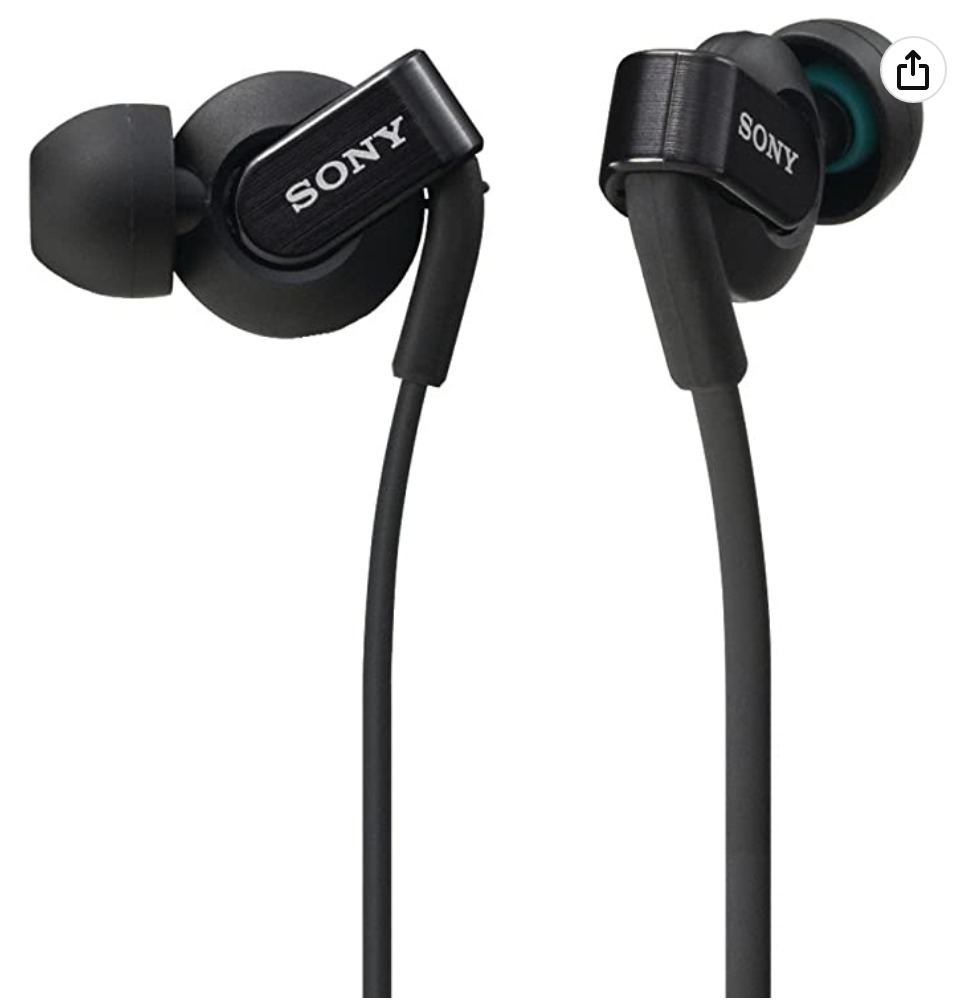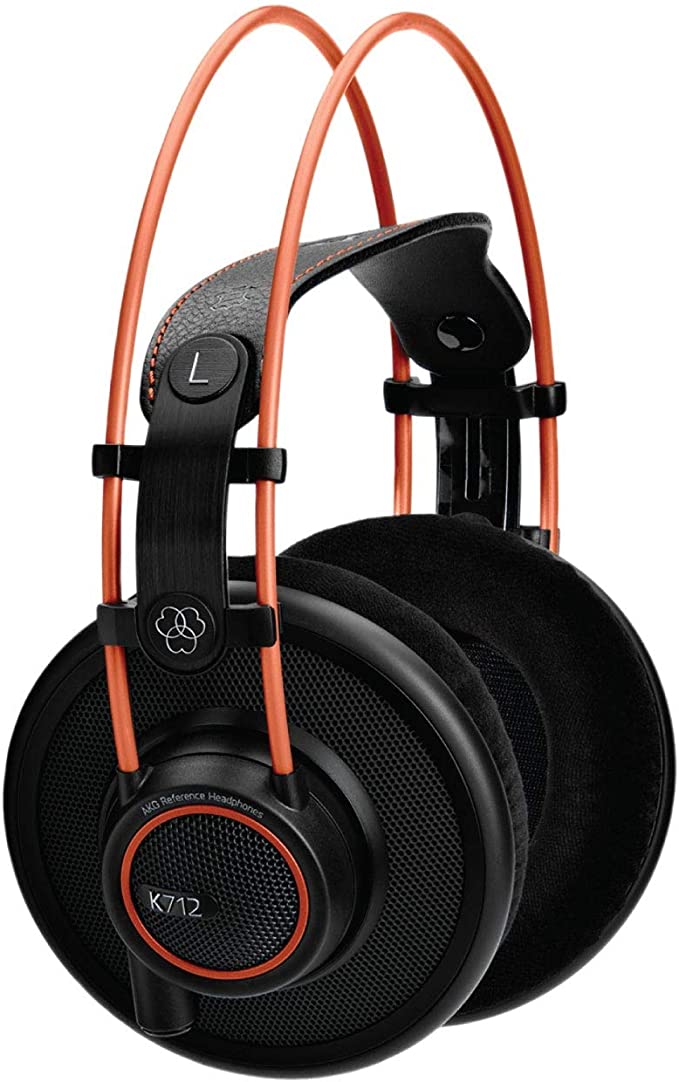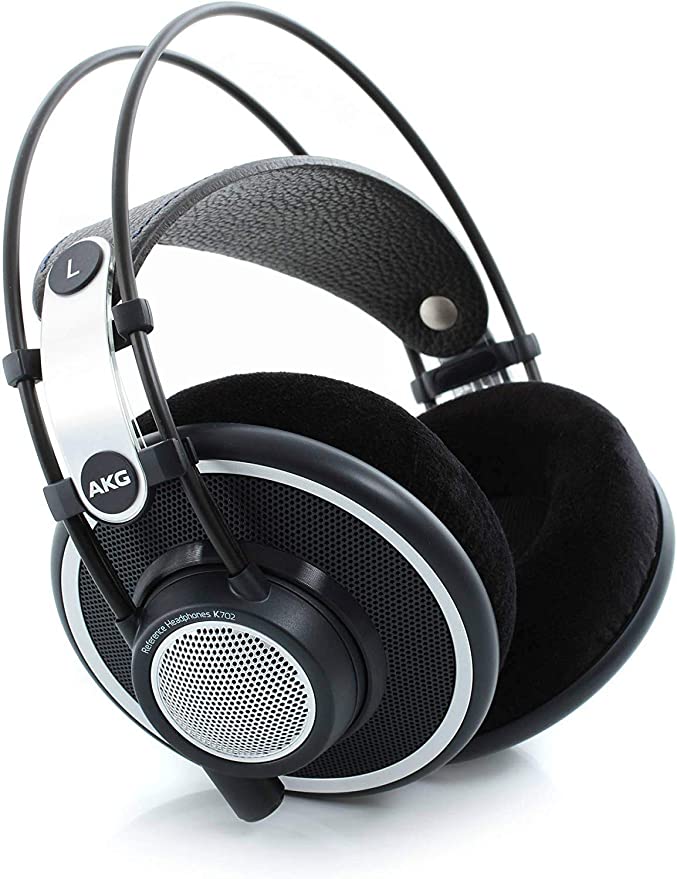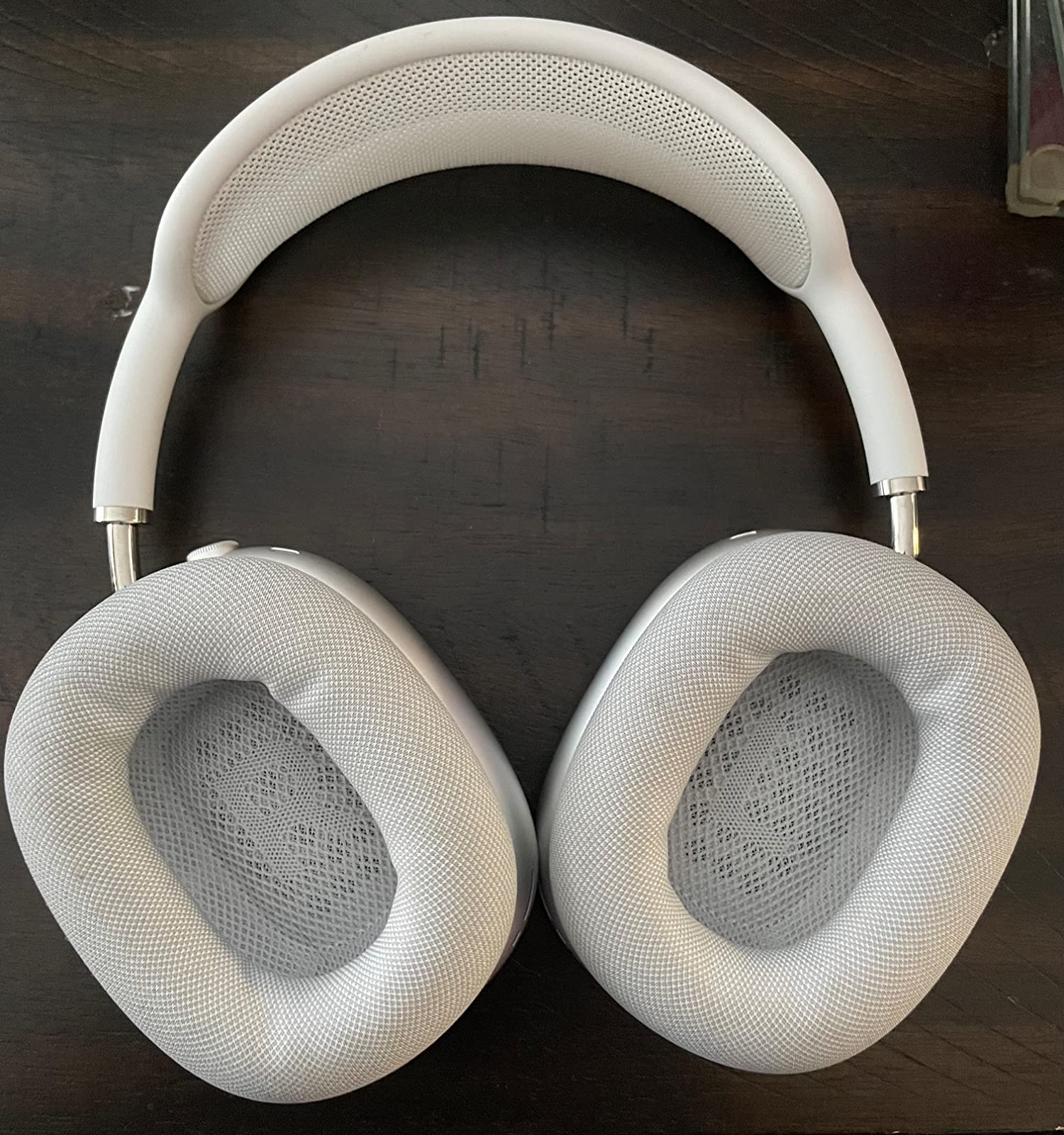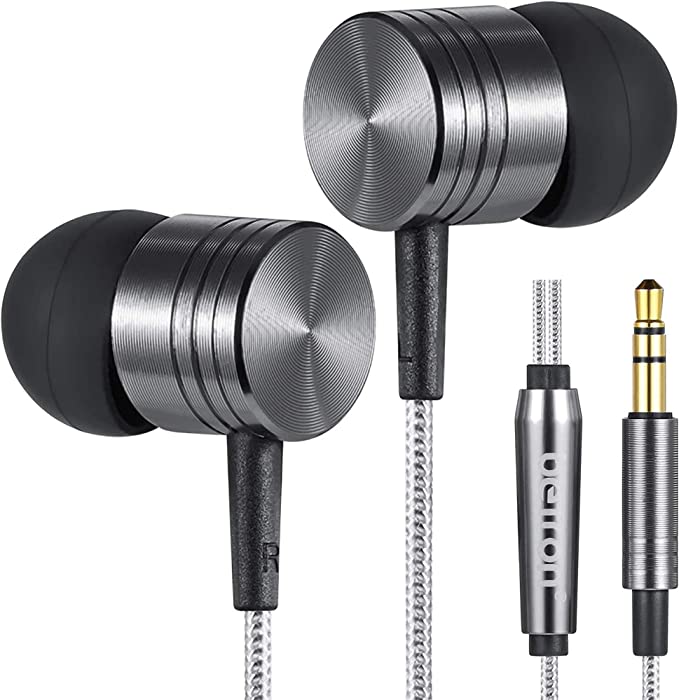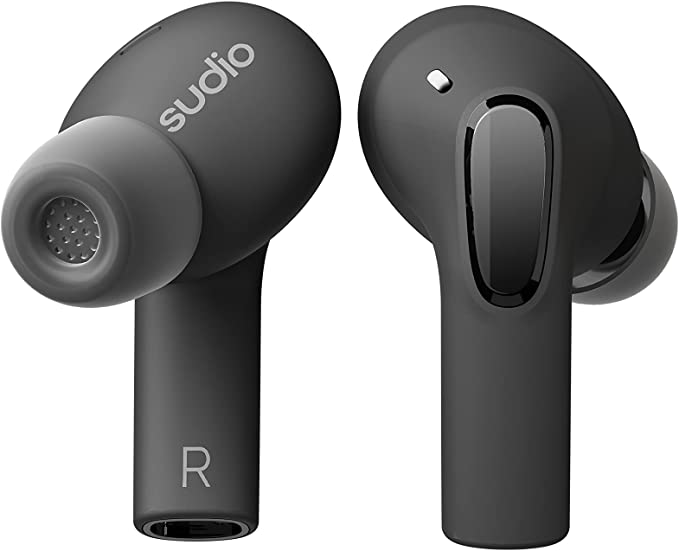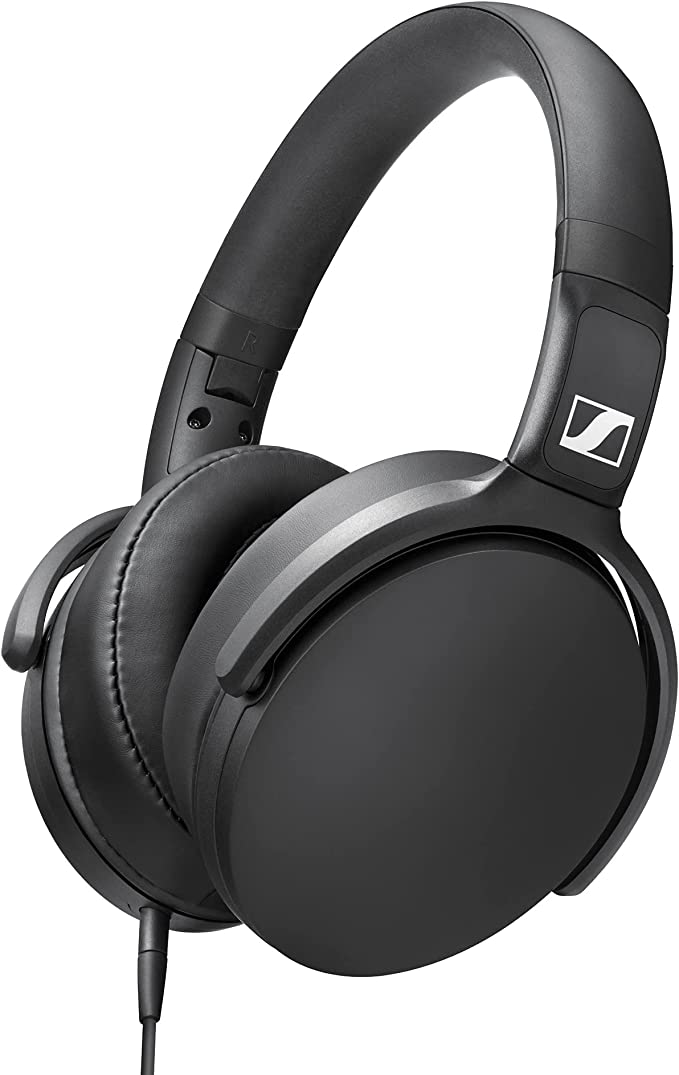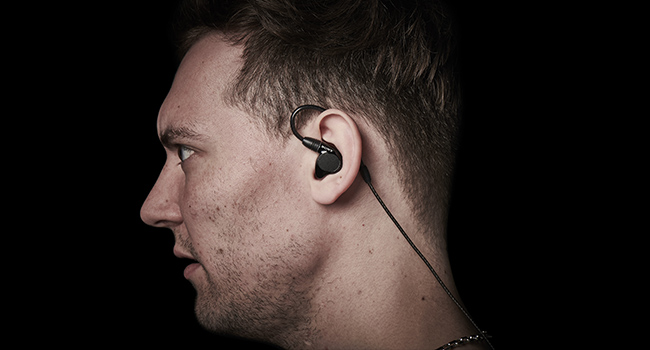SIMOLIO SM-825D Pro - Must-Have Wireless TV Headphones for an Immersive Viewing Experience
Update on June 27, 2025, 1:15 p.m.
The battle is a familiar one, fought nightly in living rooms across the country. It’s the silent, simmering war over the TV volume remote. One person needs it louder to catch the whispered dialogue, while another is blasted out of their seat by the next car chase. As an audio engineer, I can tell you this isn’t a simple matter of preference. It’s a complex intersection of physics, biology, and art. The problem isn’t that the sound is too soft; it’s that it has become unclear. And the solution isn’t a blunter instrument, but a surgeon’s scalpel.

The First Principle: Flawless Transport for Precious Cargo
Before we can even think about clarity, we must first ensure the audio signal arrives from the TV to your ears perfectly intact and on time. Imagine trying to transport a priceless crystal sculpture. You wouldn’t toss it on a crowded public bus with multiple stops; you’d hire a dedicated, armored vehicle for a direct, non-stop journey. This is the fundamental difference between standard Bluetooth and a dedicated 2.4GHz wireless system like the one in the SIMOLIO SM-825D Pro.
Standard Bluetooth is the public bus. It’s a versatile technology, but it operates in the crowded 2.4GHz ISM band and must constantly “hop” between channels to avoid interference, a process that can introduce a delay, or latency. For music, a 150-millisecond delay is unnoticeable. For television, it’s the jarring disconnect of seeing lips move before you hear the words.
A dedicated 2.4GHz system creates a private, high-speed highway for your audio. It uses techniques like Frequency-Hopping Spread Spectrum (FHSS) to establish a robust, exclusive link that can achieve latencies well under 40 milliseconds—a delay so short it is functionally imperceptible to the human brain. This is the science behind the “no delay” promise. It’s the foundational guarantee that the audio’s journey is instantaneous and lossless.

The Art of Restoration: Sculpting Voice from the Noise
Once the signal has arrived perfectly, the real artistry begins. Modern film sound is designed for the controlled environment of a movie theater, with a vast dynamic range between the softest whispers and loudest explosions. In a typical living room, this range gets compressed, and dialogue often gets lost. Our brains are naturally wired to perform a minor miracle known as the “Cocktail Party Effect”—the ability to isolate one person’s voice in a noisy room. The technology in these headphones acts as a powerful digital assistant to this natural ability.
Think of it as an audio sculptor at work. The raw, mixed sound from your TV is a large block of marble. Buried within it is the beautiful, clear sculpture of the human voice.
The first tool is the chisel: Voice Highlighting. This is not a blunt hammer that simply makes everything louder. It is a precision instrument. The headphone’s internal Digital Signal Processor (DSP) intelligently identifies and amplifies the specific frequencies where human speech finds its clarity and definition, primarily in the 1kHz to 4kHz range. It carefully chips away at the overpowering frequencies below and above, allowing the voice to emerge from the marble, detailed and distinct.
The second tool is keeping the workspace clean. The Noise-Isolating design of the over-ear cups provides crucial passive sound reduction. By creating a seal around your ears, they physically block out the drone of an air conditioner or the chatter from another room. This is like the sculptor clearing away the marble dust and debris, ensuring the focus remains entirely on the delicate work of revealing the dialogue.
The Bespoke Fitting: Tailoring Sound to Your Unique Blueprint
No two people hear the world in exactly the same way. The sculpture is finished, but now it must be displayed perfectly for the individual viewer. Our sense of auditory space is built by our brain comparing the tiny differences in time and volume between what our two ears hear. However, many people have asymmetrical hearing, where one ear is slightly less sensitive than the other.
This is where the Balance Control becomes essential. It acts like the lighting director for our sculpture, allowing you to subtly increase the volume on one side to compensate for any hearing imbalance. This simple adjustment helps your brain reconstruct a stable, perfectly centered “phantom center,” so that an actor standing in the middle of the screen sounds like they are right in front of you, not off to one side.
For those with more significant hearing loss in one ear, the MONO mode is a critical accessibility feature. In a stereo mix, some sounds are exclusive to the left or right channel. Listening with only one good ear would mean missing half the story. MONO mode intelligently combines both left and right channels into a single, complete signal sent to both ears. It’s a sonic safety net, guaranteeing you never miss a critical clue or a beautiful musical swell, no matter how the film was mixed.

The Signature of Empathy: Engineering for Real Life
Finally, great engineering is defined by its empathy for the human who will use it. It’s the thoughtful details that transform a functional tool into a beloved companion.
The inclusion of a spare battery is a beautifully pragmatic rebellion against our modern era of sealed devices and constant battery anxiety. It’s a design choice that prioritizes the user’s uninterrupted enjoyment over sleek aesthetics, a profound statement that your movie marathon should never be cut short by a charging cable.
The MIC button is a bridge between worlds. Headphones are inherently isolating, but a single press of this button mutes the TV audio and amplifies your surroundings, allowing you to converse with a loved one without removing the headset. It acknowledges that we need to be present in our virtual worlds and our real ones.
And the simple audio sharing port is a recognition that while listening can be personal, entertainment is often communal. It turns a solo experience into a shared one, allowing a partner or friend to plug in their own headphones and listen along.
Ultimately, this system is more than just a piece of hardware. It’s a meticulously engineered solution that addresses the entire chain of listening, from the physics of signal transmission to the biology of our ears. It doesn’t just make the TV louder; it restores the clarity and intent of the sound. It closes the gap between the storyteller and the listener, and in doing so, helps reconnect the people sitting together on the couch, finally at peace with the volume.
